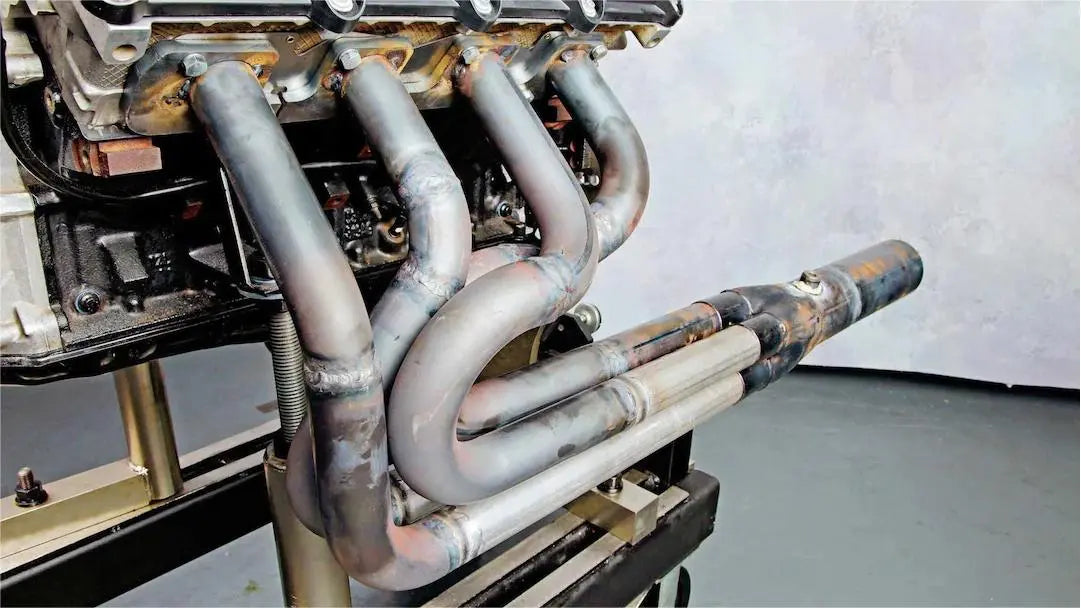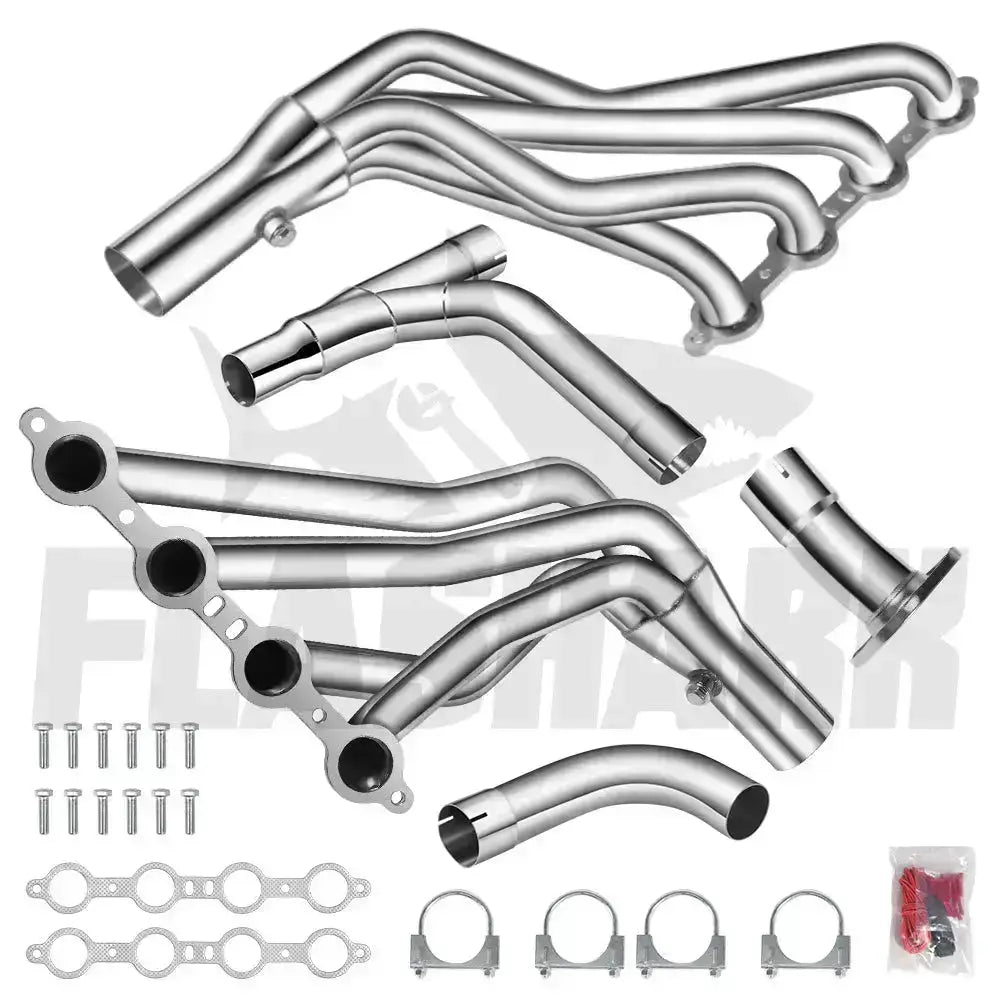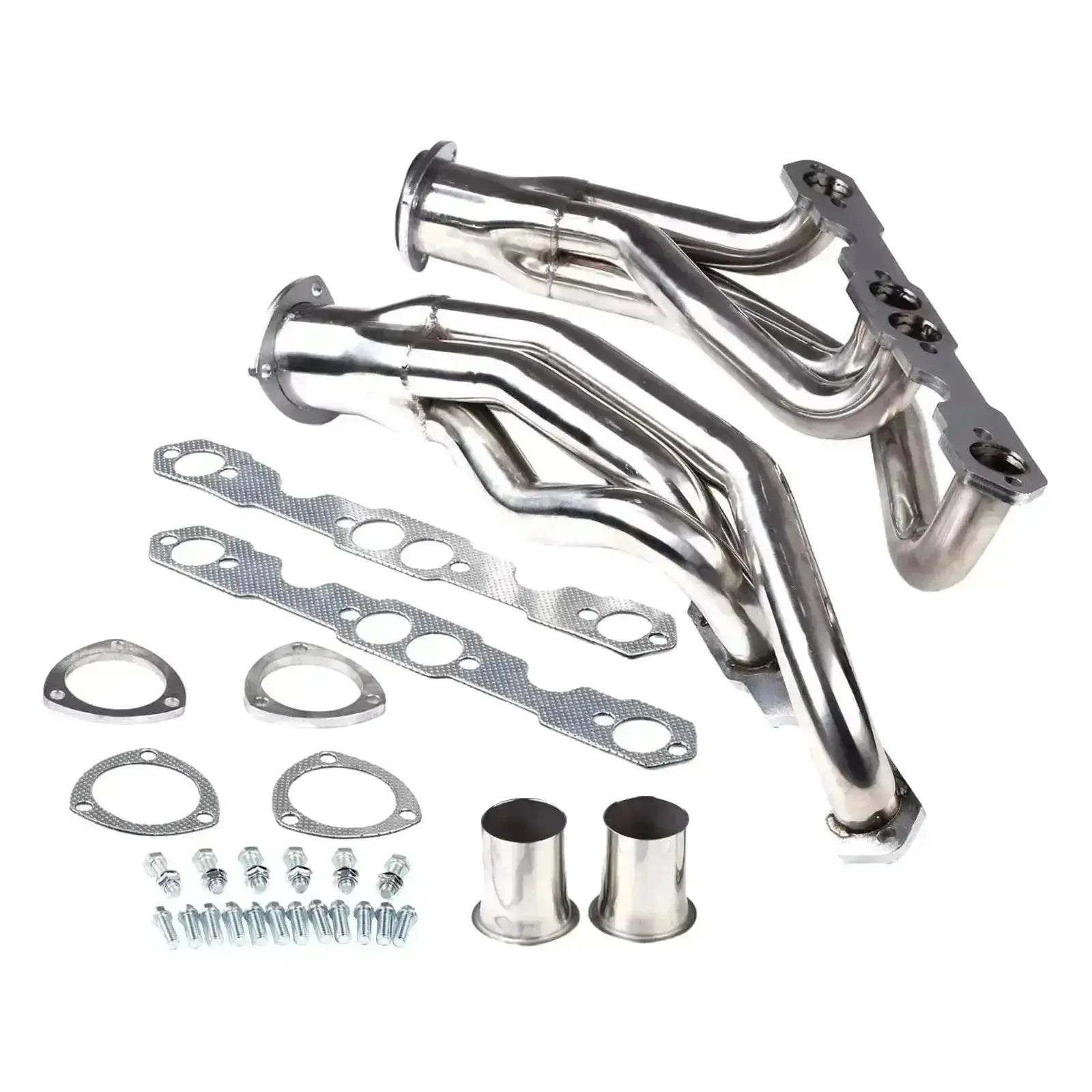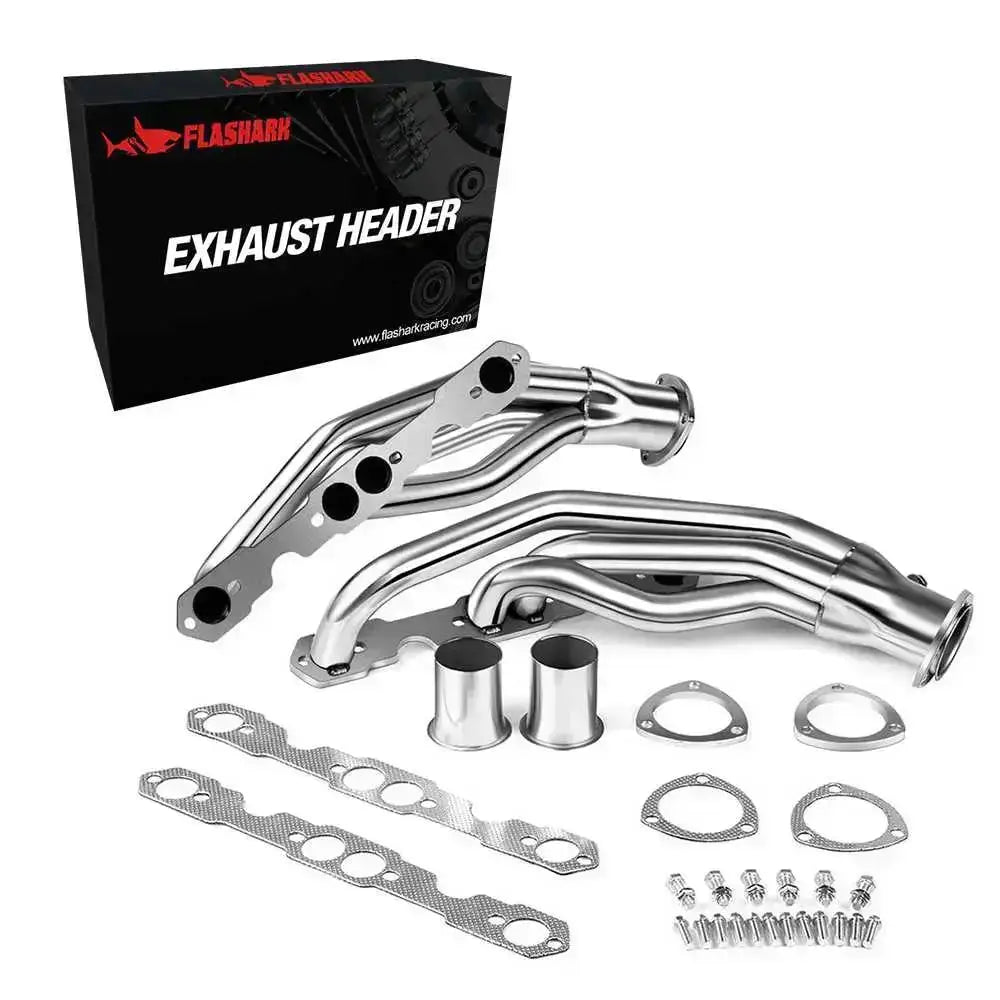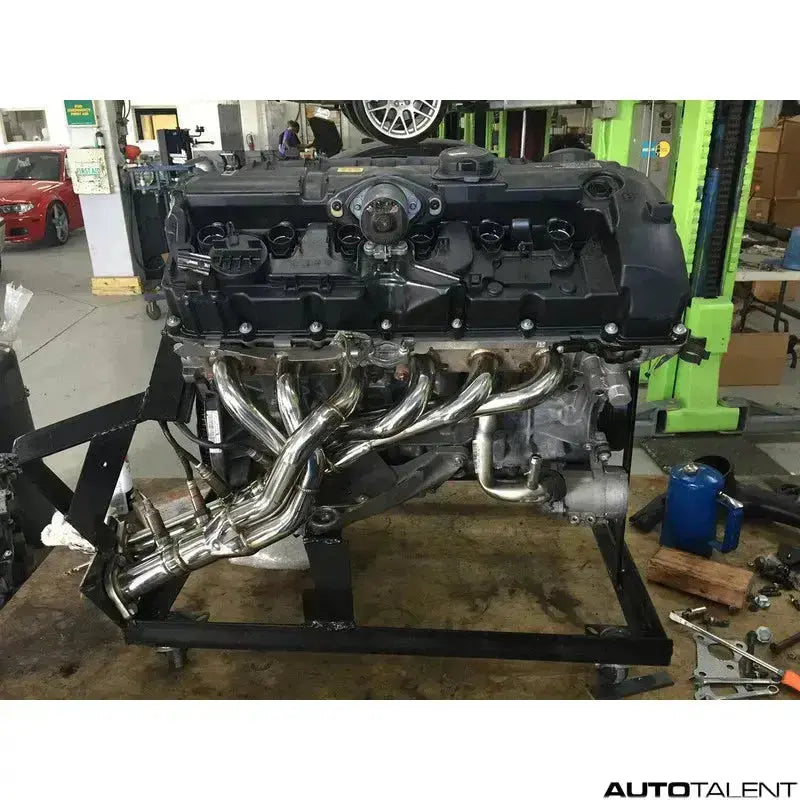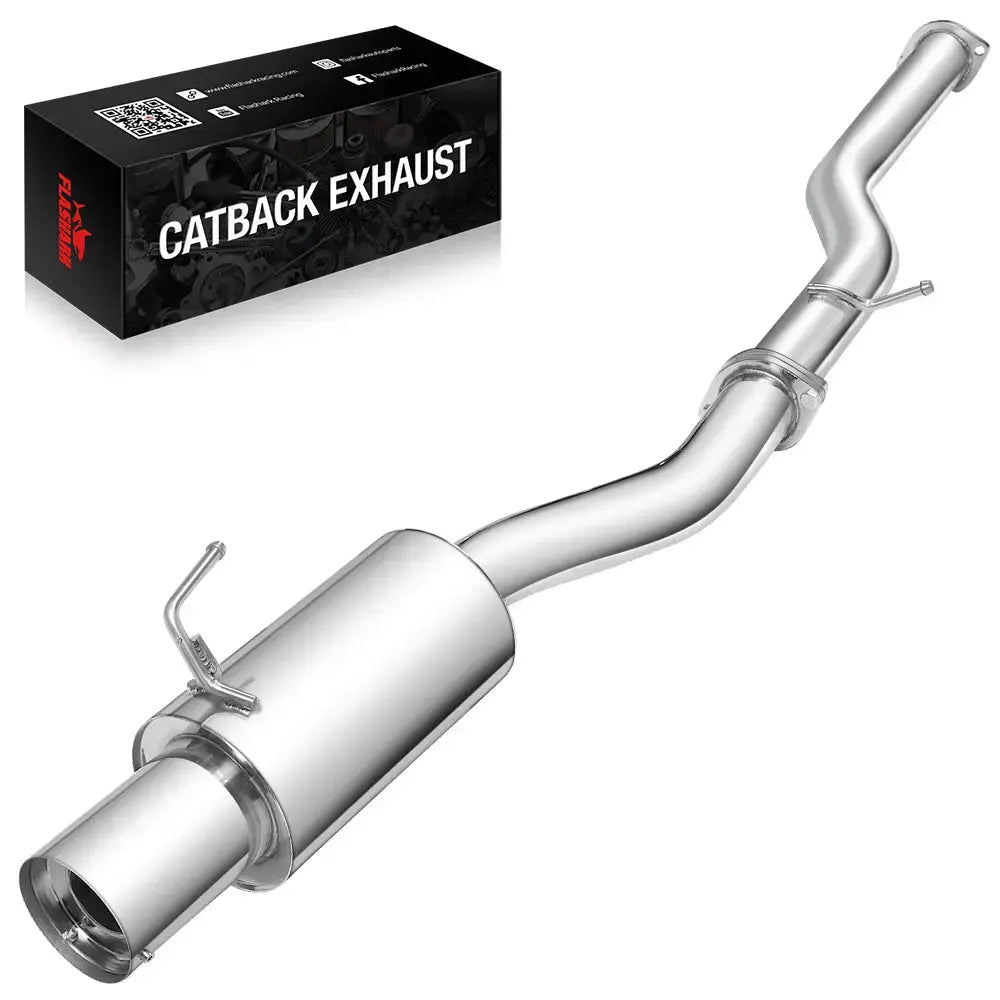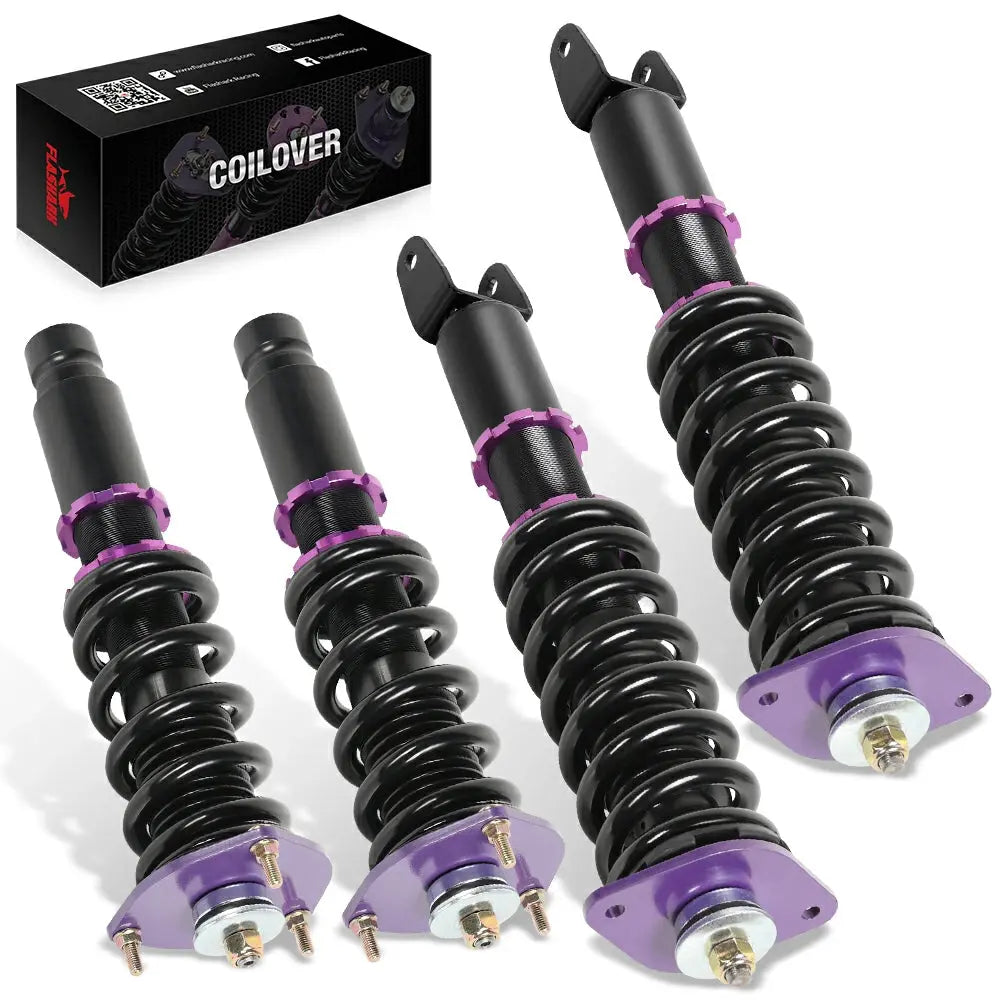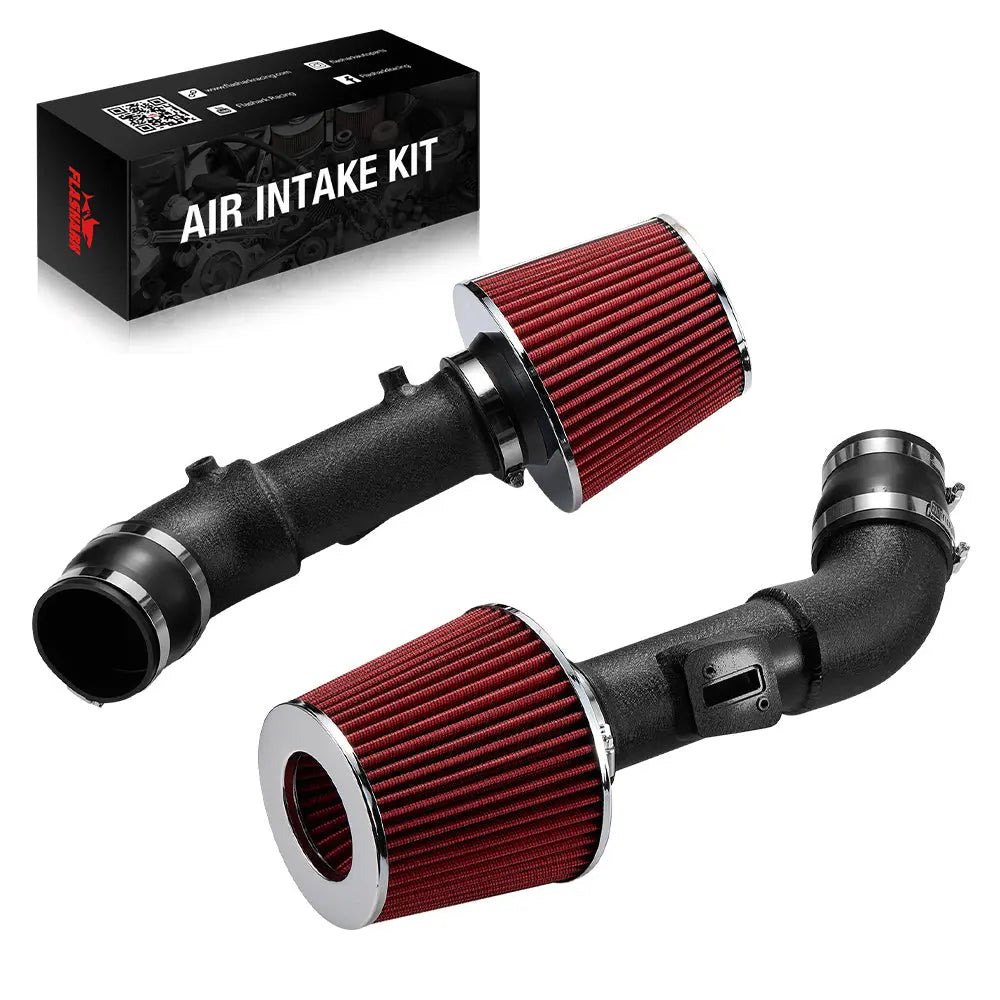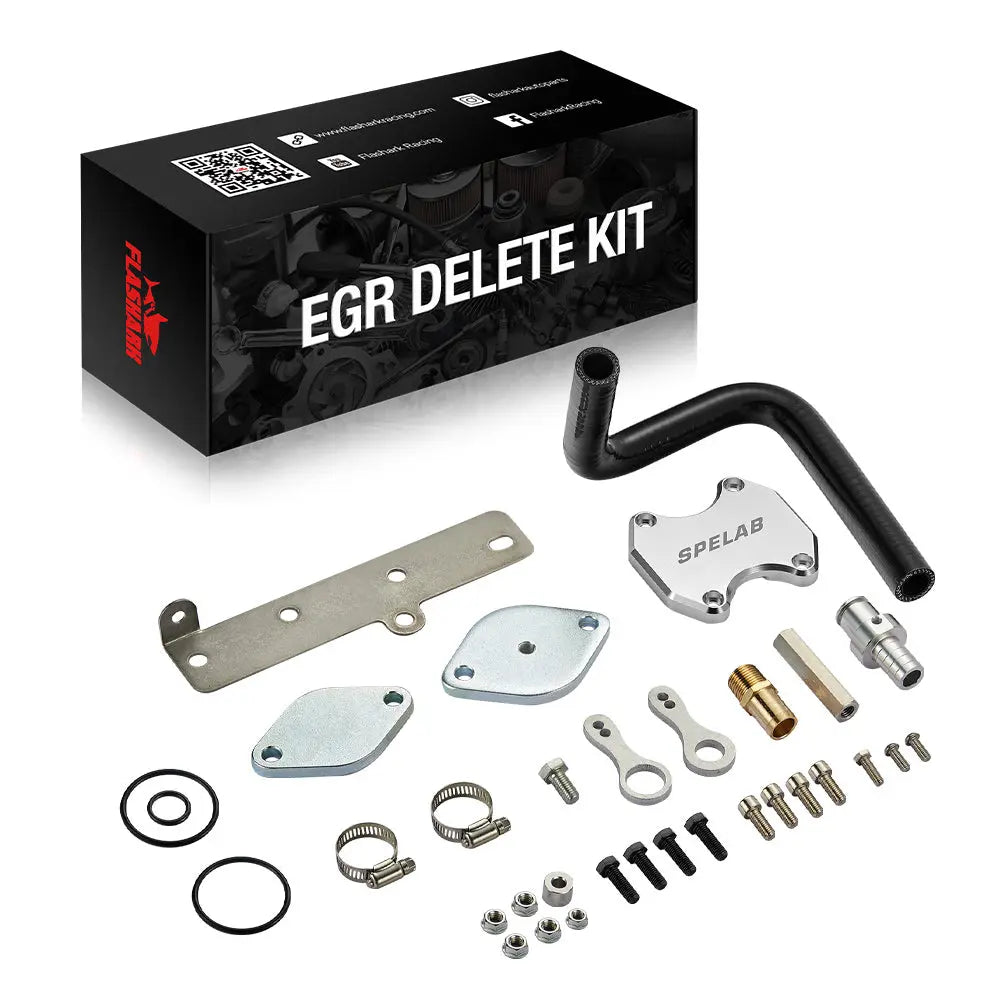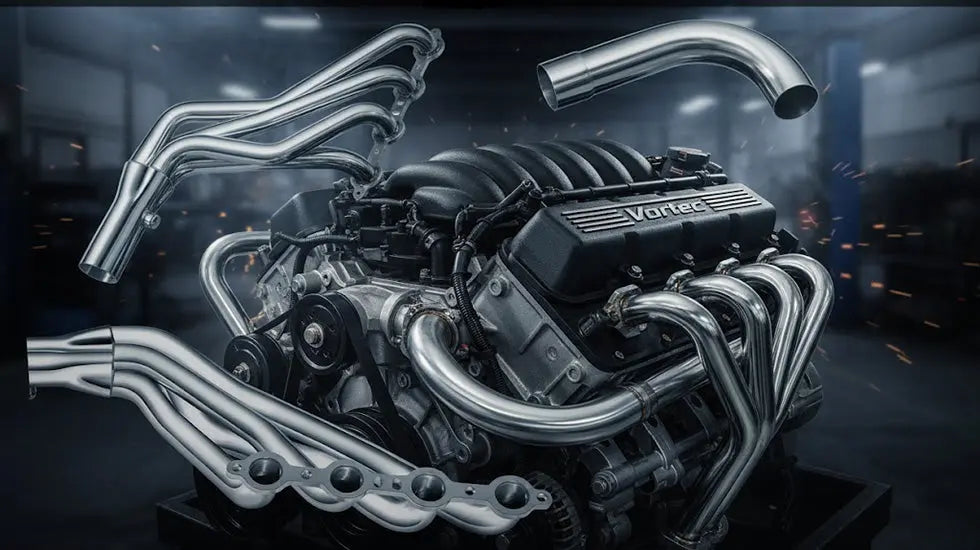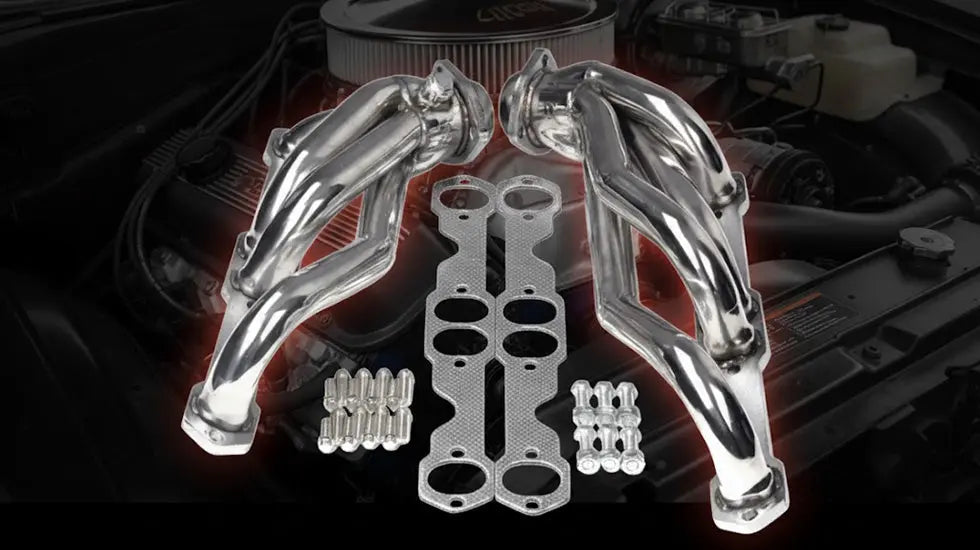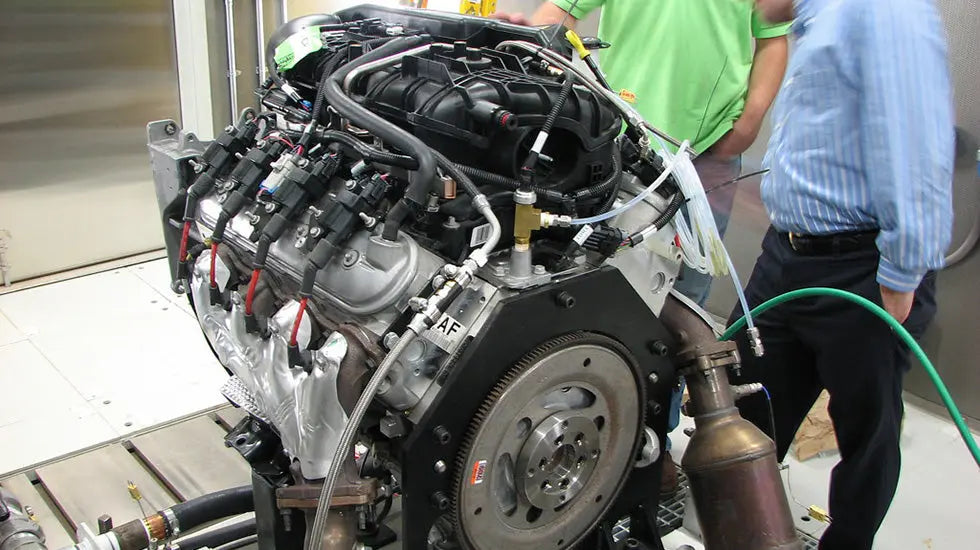The 5.7L HEMI V8 is a powerful engine, known for its reliability and solid baseline performance. However, its factory exhaust system often restricts potential horsepower.
Headers replace the restrictive stock exhaust manifolds. They improve exhaust flow by allowing gases to exit the combustion chamber more efficiently. This reduces backpressure and increases scavenging, which draws more air and fuel into the cylinder.
There are two main types of headers: shorty and long-tube. Shorty headers are easier to install and maintain low-end torque. Long-tube headers offer more high-RPM power and are better suited for performance applications.
Horsepower Gains from Installing Headers
How much horsepower do headers add to a 5.7 HEMI? On a mostly stock setup, long-tube headers typically provide a gain of 15 to 30 horsepower at the wheels, while shorty headers tend to add around 10 to 15 horsepower.
Testing has shown peak gains around 20 to 25 horsepower on a stock 5.7L HEMI engine with long-tube headers. In contrast, shorty headers generally provide more modest gains of about 10 to 15 horsepower, as they don’t allow as much exhaust flow improvement. However, they can still offer notable benefits in low-end torque and throttle response.
These gains can increase further when combined with supporting modifications such as a cold air intake, camshaft upgrades, or cat-back exhaust systems. With proper tuning, power improvements can reach 40 to 50 horsepower or more.
Community reports indicate increases from the mid-300s to mid-330s wheel horsepower with just long-tube headers and tuning. More aggressive modifications have resulted in gains approaching the high 300s. Shorty headers paired with similar tuning may bring wheel horsepower up to the low to mid 330s, depending on other modifications.

Factors That Influence HP Gains
Horsepower gains from headers can vary widely. The design, materials, and supporting systems all influence the final output. Here are the most important elements to consider:
Tube Diameter and Length
Larger primary tubes (e.g., 1 7/8") support more airflow at higher RPMs, while smaller diameters (1 3/4") maintain better velocity for near-stock setups. The length of the tubes also impacts scavenging efficiency and power delivery.
Collector and Merge Design
Merge collectors help optimize exhaust flow by merging gases from individual tubes smoothly. Stepped headers, which gradually increase diameter, can enhance scavenging and improve torque across a broader RPM range.
Exhaust System Compatibility
Headers must work in harmony with the rest of the exhaust system. High-flow cats or off-road mid-pipes can remove bottlenecks, but they may impact emissions compliance.
Material and Coating
Stainless steel is durable and resistant to corrosion. Ceramic coatings help retain heat within the pipes, lowering engine bay temperatures and preserving performance consistency over long runs.
Engine Modifications and Tuning
Headers alone provide solid gains, but real potential comes with a performance-tuned ECU and additional mods like a camshaft or intake manifold. These enhancements make full use of improved exhaust flow.
What Is the Perfect Size for a 5.7l Hemi Header?
When deciding on the best size for your 5.7L HEMI exhaust headers, you must consider your driving style and performance objectives. If you are looking to race on the track then you should prefer a different setup than if you want to focus on street performance.
Long-tube headers are ideal for maximizing horsepower and torque in the mid to high RPM range. They’re especially effective for street performance and track builds.
For the 5.7L HEMI, the most recommended sizes are 1-3/4" and 1-7/8" primary tubes. These sizes provide a good balance of exhaust velocity and flow, supporting both stock and moderately modified engines.
Using long-tube headers often requires an aftermarket mid-pipe to maintain proper exhaust length and backpressure. This ensures you get the full benefit of the upgrade.
The Importance of ECU Tuning After Header Installation
Tuning is critical after installing headers on a 5.7L HEMI. The new exhaust flow alters air-fuel ratios, which can trigger check engine lights if not corrected.
A tune recalibrates fuel delivery, ignition timing, and other parameters to match the improved airflow. This ensures optimal power output and engine safety.
Most tuners offer handheld devices or full dyno sessions. Brands like HP Tuners and DiabloSport are popular choices in the HEMI community.
Installation Considerations for 5.7L HEMI Headers
Installing headers on a 5.7L HEMI is more complex than a simple bolt-on upgrade and requires careful attention to detail to ensure proper fit and performance.
- Clearance Check: Long-tube headers can take up more space in the engine bay, especially on Challengers and Chargers. Verify there is enough room around the engine and surrounding components to avoid interference or damage during installation.
- Mid-Pipe Modifications: Long-tube headers often require modifying or replacing the mid-pipe to maintain correct exhaust flow and proper alignment with the rest of the exhaust system.
- Heat Management: Headers can generate significant heat. Use thermal wraps or heat shields to protect nearby components and wiring from excessive temperatures.
- Proper Tools and Experience: Installation may involve tight spaces and hard-to-reach bolts. Ensure you have the right tools and some mechanical experience, or plan for professional assistance if needed.
- Tuning Considerations: After installation, the engine’s air-fuel ratios may be altered. A proper ECU tune ensures optimal performance and prevents potential engine issues.
Performance Benefits Beyond Horsepower
Headers do more than just add horsepower. They improve throttle response and make power delivery smoother, especially in the mid to upper RPM ranges.
The exhaust tone also becomes deeper and more aggressive. Many enthusiasts prefer the growl of long-tube headers for a sportier sound.
Improved exhaust efficiency can help the engine run cooler and slightly improve fuel economy under certain conditions.
When Headers Are Worth It for Your Build
Headers make sense if you're looking to build a performance-focused 5.7L HEMI. On a stock vehicle, the power gains are decent, but headers really shine when paired with other upgrades.
If you plan to add a camshaft, high-flow intake, or even forced induction, headers become a must. They lay the foundation for future mods and help maximize ROI.
For budget-conscious owners, shorty headers or used long-tubes with mild tuning can still offer a worthwhile performance boost.
Last Chance! FlashArk Racing Limited-Time Discounts Are Here!
Don't miss out on these exclusive deals! FlashArk Racing is currently offering amazing limited-time promotions to help you upgrade your racing gear and accessories at unbeatable prices. Check out our current discounts:
- Extra 10% Off for All Exhaust Headers
- Extra 11% Off for All Catback Exhausts
- Extra 12% Off for All Downpipe Exhausts
- Extra 11% Off for All Catalytic Converter
- Extra 13% Off for Cold Air Intake
- Extra 15% Off for DPF & CAT Delete Pipe
Hurry, these offers are available for a limited time only! Click the link below to grab your discount right now:
👉Click here to visit the Flashark discount page and claim your offer!

